I Am A Consumer
💰 Where does money come from, and how do we decide what to do with it? This consumer video for kids helps third graders understand that being a consumer means making thoughtful decisions about spending, saving, and budgeting. It introduces real-life scenarios that students can relate to, laying the foundation for financial literacy through clear language and age-appropriate examples.
🛍️ From Wants and Needs to Goods and Services
Students will learn the difference between needs and wants, how people earn income, and how every decision comes with a tradeoff — what economists call “opportunity cost.” The video explores goods and services, how families use money to meet their goals, and why saving is just as important as spending. It’s a smart, simple way to connect economic choices with students’ everyday experiences.
🎥 This consumer video for kids emphasizes financial decision-making in the context of community life. Whether it’s choosing to buy a toy or save for a future trip, students will come away understanding how budgeting helps people achieve long- and short-term goals — and why money skills are important even in childhood.
🏆 Perfect for Grade 3 economics or personal finance lessons, this video supports standards on goods and services, personal spending, income, saving, and responsible money management. It’s the kind of real-world, high-relevance video teachers love to use when preparing students for life beyond the classroom.
This videos pairs with “Businesses At Work”.
Video length: 6:35 minutes.
Worksheets
Quiz
I Am a Consumer Fill-in-the-Blank Sheet
Imagining Your Future – Writing Activity
My Budget
I Have, Who Has – Budgets
Money Management Maze
Draw a Scene
Universal Resources
National Standards
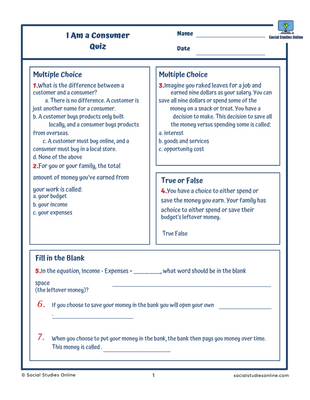

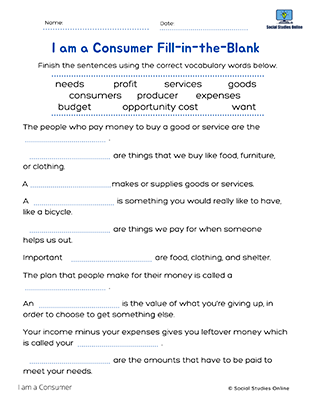

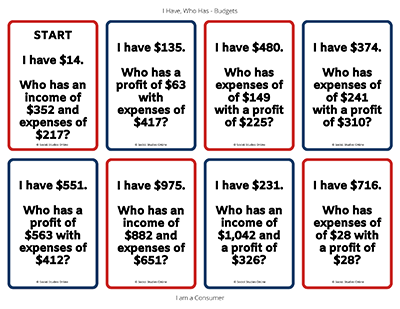

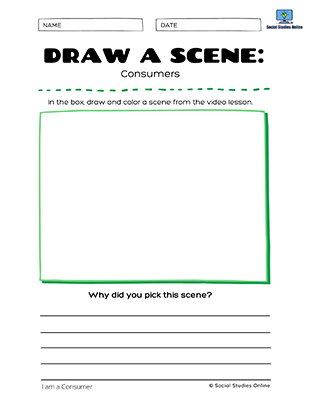

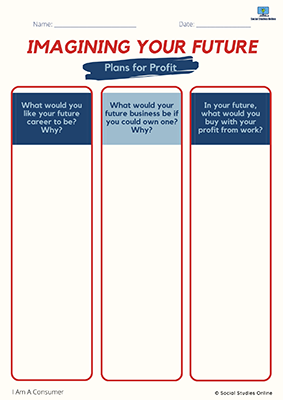

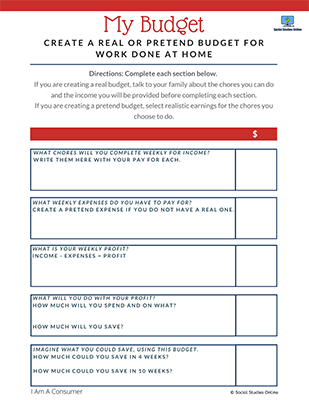

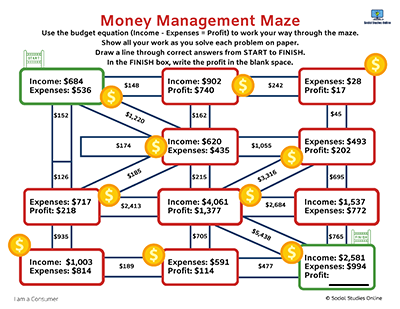

Video Subscriptions
When you only need one video- Unlimited viewing of 1 video
- Post-trip quiz + resources for 1 video
- Access to Closed Captioned version of 1 video
- Lowest-cost option
Teacher + Class Subscription
Teacher + Students- Unlimited access to the entire video lesson library
- All quizzes + learning resources
- Access for 1 teacher + all students
- Access to all Spanish videos + resources
- Access to all Closed Captioned videos
- Best value option for one teacher
School-wide Site License
All teachers + All students- Unlimited access to the entire video lesson library
- All quizzes + learning resources
- Access for all teachers and all students
- Access to all Spanish videos + resources
- Access to all Closed Captioned videos
- Best for school administrators supporting their teachers & students
- Up to 500 students – $450/year
- 500-1,000 students – $600/year
- 1,000+ students – $1,000/year
Topics Covered
Employee/employer
Wages/salary
Needs/wants
Goods/services
Producers/consumers/customers
Budgets – income/expenses/profit
Savings/opportunity cost
Classroom Ideas
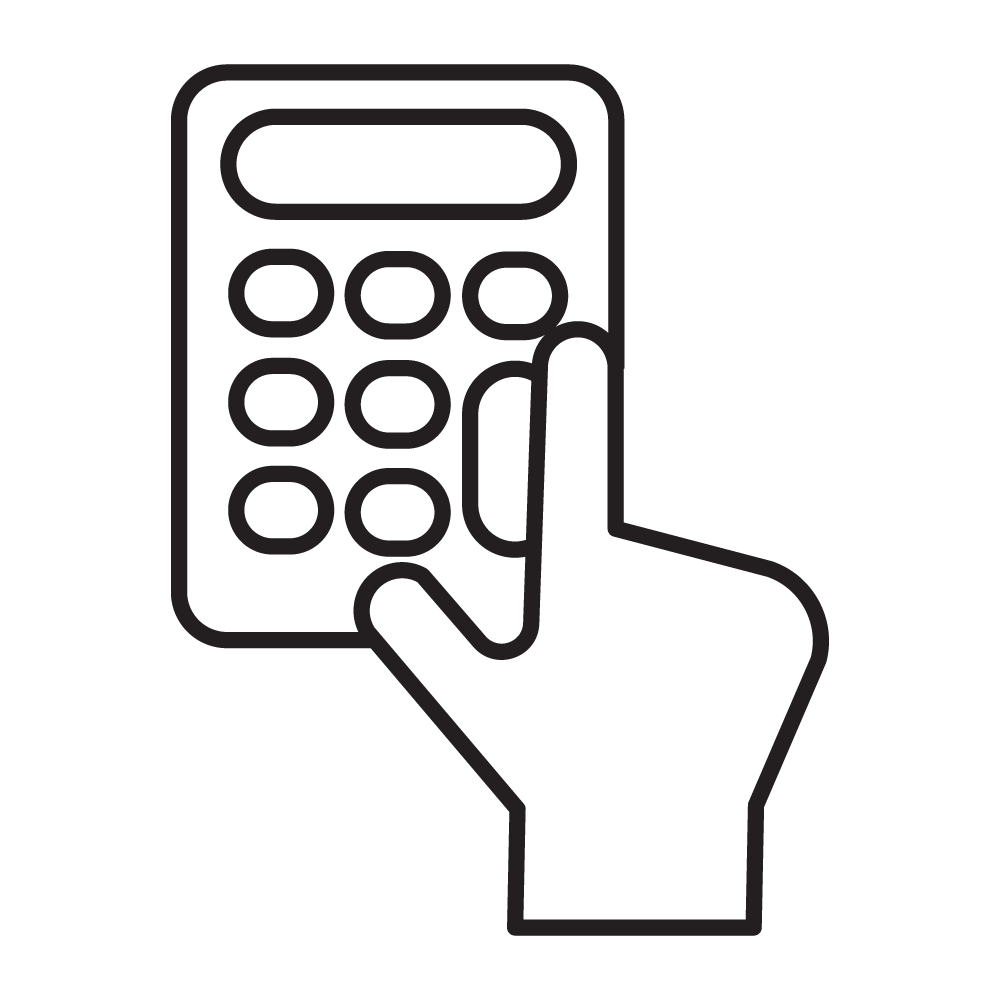
My Budget
Create a budget and expense report using chores around the house.
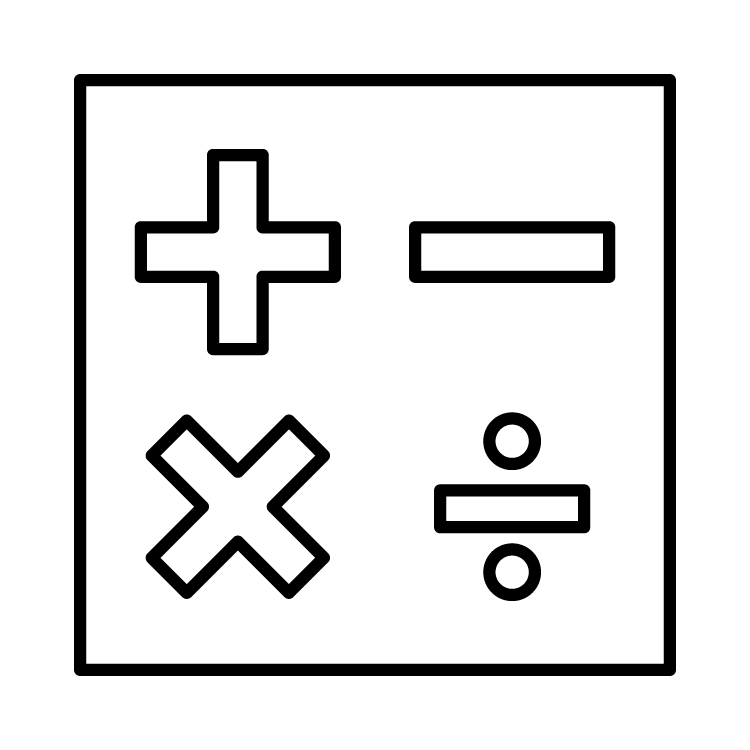
Math Connections
Use this video to make match connections:
Create budget goals and have students decide how they can be reached.
Addition and subtraction of money with multiple steps
Video can be used as an introduction to a 3-Act math task.

Cloze Practice
A cloze piece has full sentences used in the virtual field trip with blanks where students can write in the information that is missing. This task requires close listening to the trip in order to complete it.
Coral reefs are the _______ type of ecosystem in the world. They’ve been around for over _____ million years.
Answers: oldest; 240
Alternatively, you could have students create 5-10 cloze statements and they could share those with the class.
A third alternative is to distribute the cloze worksheets before watching the video. Students can fill them in as they watch.

Writing Topics
What would you like your future career to be and why?
Would you like to own your own business and why?
What would your future business be if you could open your own business?
What would you buy with your profit?
What is a consumer?
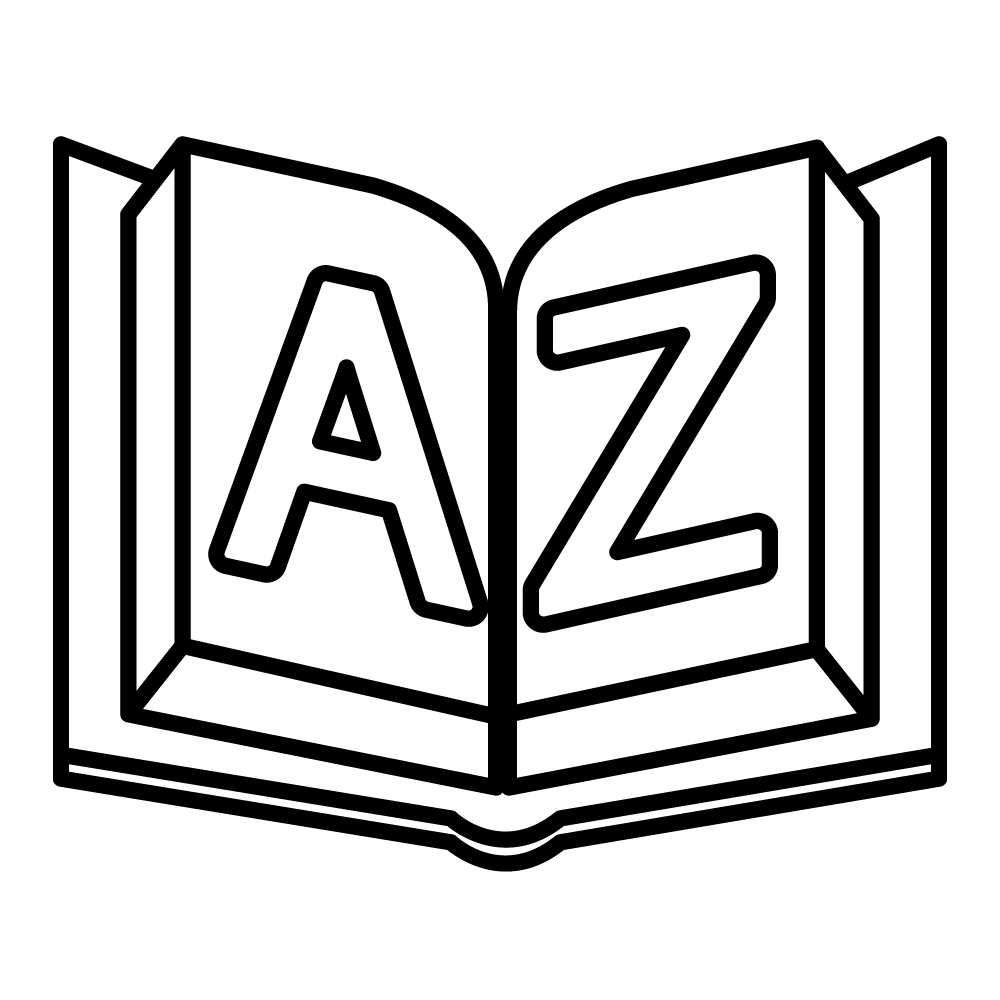
Explore Vocabulary
Identify key vocabulary terms while previewing each video. Prompt students to find the meaning of each word as they watch the video. Example: What do the words consumer, budget, and expense mean? Think about the meaning of these words as you watch this video.
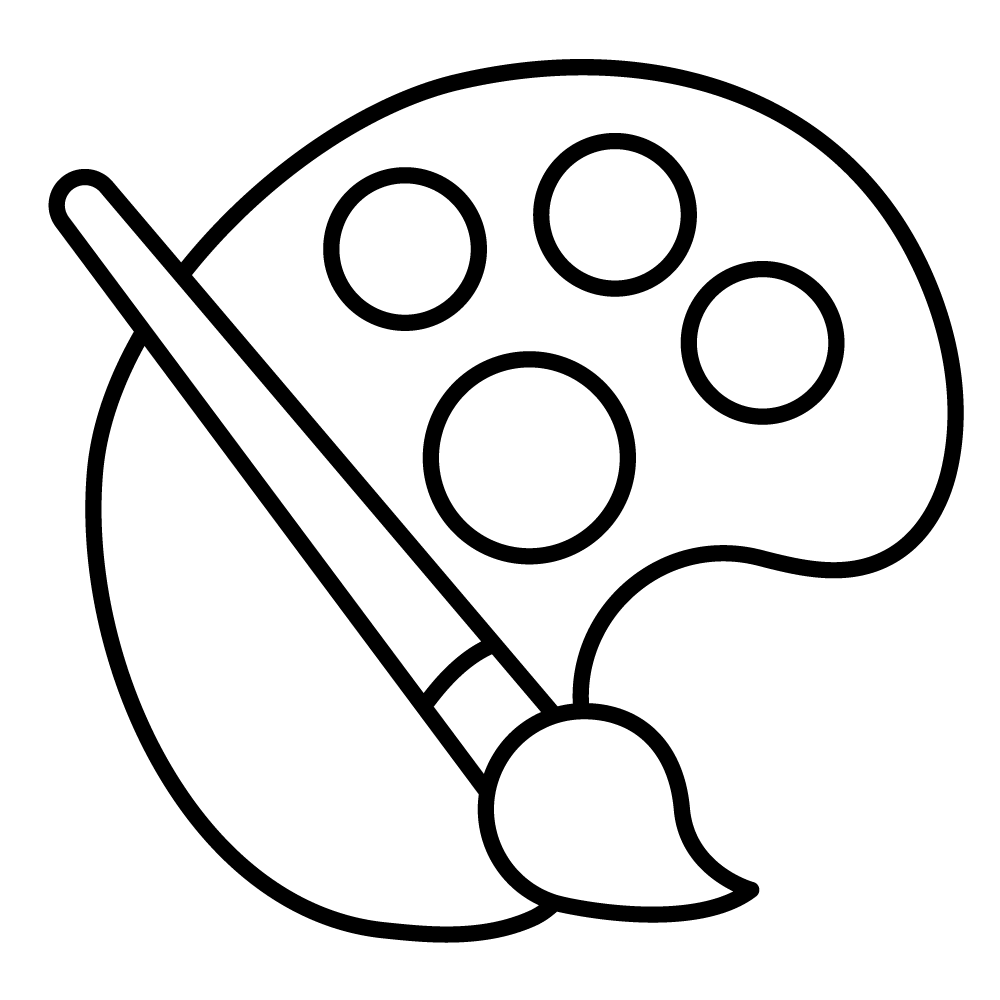
Art
Draw a picture of your future career.

Visual Learning
Offer videos to struggling learners as another way of creating knowledge and accessing information.
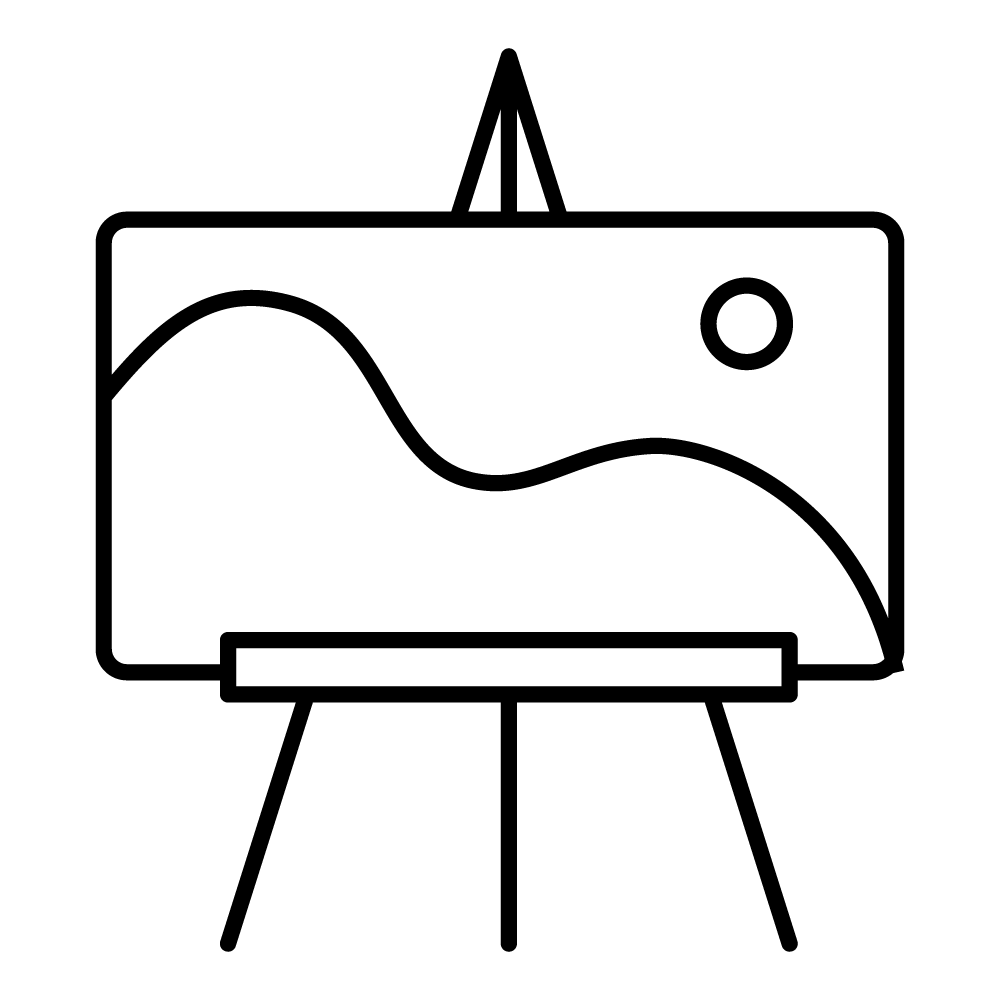
Art and Social Studies
Draw a scene from the video.
Classroom Ideas for ALL Videos
Dozens and dozens of ideas that you can use in your classroom along with our videos!
Related Videos

Grade 3 - Businesses At Work

Grade 3 - How Government Helps Our Communities
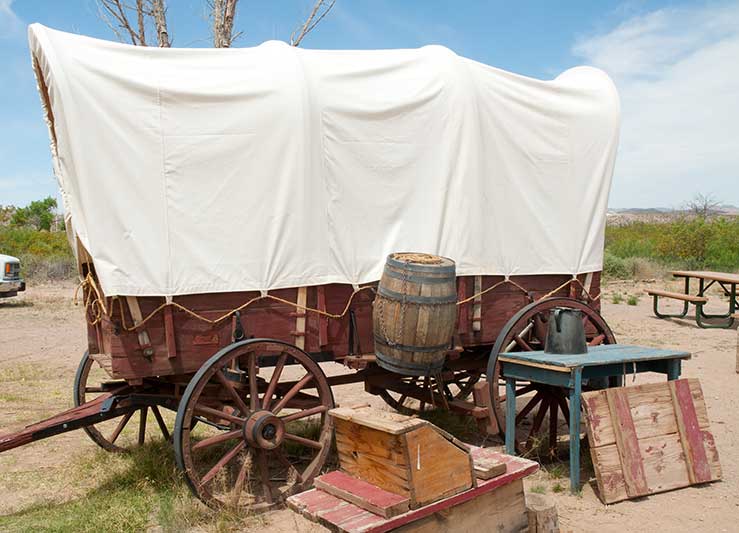
Grade 3 - How The Country Was Settled

Grade 2 - Work and Money

Grade 3 - A Country of Cultures
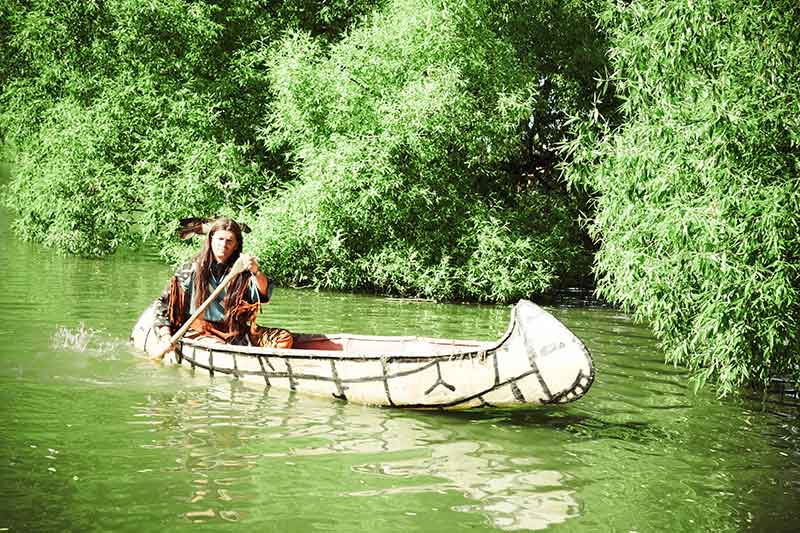
Grade 3 - The First Americans

Grade 3 - The Geography of Our Communities

Grade 1 - All About Work
Video Subscriptions
When you only need one video- Unlimited viewing of 1 video
- Post-trip quiz + resources for 1 video
- Access to Closed Captioned version of 1 video
- Lowest-cost option
Teacher + Class Subscription
Teacher + Students- Unlimited access to the entire video lesson library
- All quizzes + learning resources
- Access for 1 teacher + all students
- Access to all Spanish videos + resources
- Access to all Closed Captioned videos
- Best value option for one teacher
School-wide Site License
All teachers + All students- Unlimited access to the entire video lesson library
- All quizzes + learning resources
- Access for all teachers and all students
- Access to all Spanish videos + resources
- Access to all Closed Captioned videos
- Best for school administrators supporting their teachers & students
- Up to 500 students – $450/year
- 500-1,000 students – $600/year
- 1,000+ students – $1,000/year


